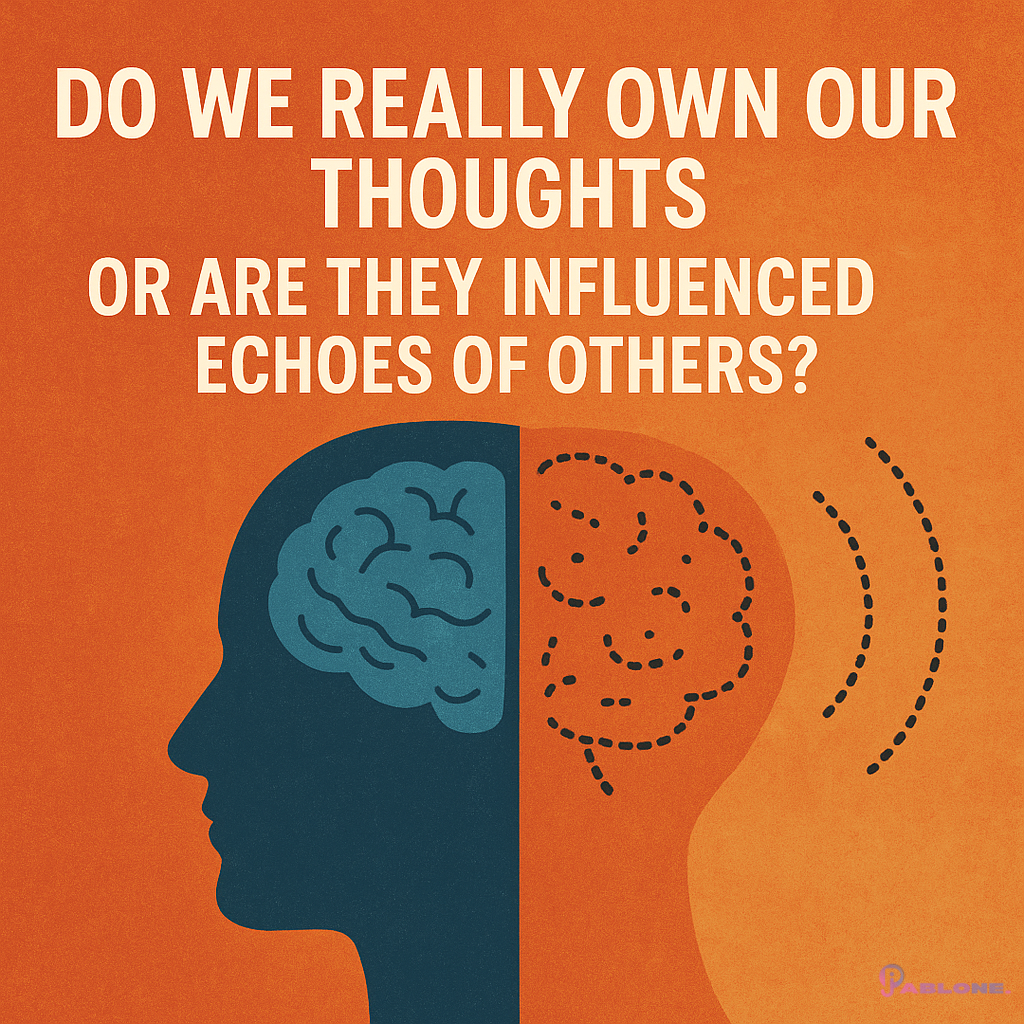Introduction:
In the vast ecosystem of commerce, few phenomena have reshaped the landscape as profoundly as the rise of eCommerce. From its nascent beginnings in the early days of the internet to its current status as a global economic powerhouse, the evolution of eCommerce has been marked by innovation, adaptation, and exponential growth. In this comprehensive exploration, we embark on a journey through time to unravel the multifaceted evolution of eCommerce, examining its origins, pivotal milestones, transformative trends, and future prospects.
Chapter 1: Genesis of eCommerce – The Early Days The roots of eCommerce can be traced back to the 1960s and 1970s, with the advent of technologies like Electronic Data Interchange (EDI), which facilitated the electronic exchange of business documents between companies. However, it was not until the dawn of the internet era in the 1990s that eCommerce began to gain traction. Companies like Amazon and eBay emerged as pioneers, establishing online marketplaces where consumers could browse, purchase, and sell goods with unprecedented ease and convenience. The dot-com boom of the late 1990s fueled the rapid expansion of eCommerce, as venture capital flooded into internet startups, driving innovation and experimentation.
Chapter 2: The Dot-Com Boom and Bust – Lessons Learned The late 1990s witnessed an unprecedented surge in eCommerce activity, fueled by investor enthusiasm and a frenzy of online speculation. Startups mushroomed, fueled by ambitious visions of the digital future. However, the euphoria was short-lived, as the dot-com bubble burst in the early 2000s, resulting in the collapse of many eCommerce ventures. Companies faced harsh realities as investor capital dried up, leading to a period of consolidation and introspection. Despite the turmoil, survivors like Amazon weathered the storm, emerging stronger and more resilient, armed with valuable lessons about the perils of hype and the importance of sustainable business models.
Chapter 3: The Mobile Revolution – eCommerce on the Go The advent of smartphones in the late 2000s marked a pivotal moment in the evolution of eCommerce, as mobile devices became ubiquitous and internet access went mainstream. Mobile commerce, or m-commerce, surged in popularity, driven by the convenience of shopping on-the-go. Companies embraced mobile optimization, developing responsive websites and mobile apps to cater to the growing army of smartphone users. Mobile payment technologies like Apple Pay and Google Wallet further accelerated the shift towards mobile commerce, enabling seamless transactions with just a tap or a swipe.
Chapter 4: Omnichannel Retail – Bridging the Physical-Digital Divide As eCommerce continued to mature, retailers recognized the need to integrate online and offline channels to deliver a seamless shopping experience. The concept of omnichannel retail emerged, emphasizing the importance of consistency and coherence across all customer touchpoints. Companies invested in technologies like inventory management systems and order fulfillment solutions to synchronize operations across brick-and-mortar stores, websites, and mobile apps. The lines between physical and digital commerce blurred as retailers leveraged omnichannel strategies to engage customers across multiple channels and drive sales.
Chapter 5: Personalization and AI – The Age of Hyper-Relevance Advancements in artificial intelligence (AI) and machine learning have revolutionized the eCommerce landscape, enabling companies to deliver highly personalized shopping experiences tailored to individual preferences and behaviors. Recommendation engines analyze vast troves of data to predict consumer interests and suggest relevant products, enhancing discoverability and driving conversion rates. Chatbots and virtual assistants provide personalized assistance and support, streamlining customer interactions and improving satisfaction levels. Companies like Amazon and Netflix have mastered the art of personalization, leveraging AI algorithms to deliver hyper-relevant content and recommendations that keep users engaged and coming back for more.
Chapter 6: Social Commerce – The Power of Influence The rise of social media has transformed the way we connect, communicate, and consume content. Social platforms like Instagram, Facebook, and TikTok have become integral parts of daily life, serving as hubs for social interaction, entertainment, and commerce. The convergence of social media and eCommerce has given rise to the phenomenon of social commerce, where brands leverage social platforms to engage with customers, showcase products, and drive sales. Influencer marketing has emerged as a powerful tool for brands seeking to reach new audiences and build trust with consumers. Social commerce platforms like Instagram Shopping and Facebook Marketplace enable seamless transactions within the social media ecosystem, blurring the lines between social networking and online shopping.
Chapter 7: The Future of eCommerce – Trends and Predictions As we gaze into the crystal ball of eCommerce, several trends and technologies loom large on the horizon. Augmented reality (AR) and virtual reality (VR) are poised to revolutionize the online shopping experience, enabling immersive product visualization and virtual try-on experiences. Blockchain technology holds the promise of enhancing security and transparency in eCommerce transactions, reducing fraud and counterfeit goods. Voice commerce, powered by virtual assistants like Amazon Alexa and Google Assistant, is gaining traction, enabling users to make purchases using voice commands. The continued digitization of industries like healthcare and finance is expected to create new opportunities for eCommerce expansion, as traditional boundaries blur and new market segments emerge.
Conclusion: The evolution of eCommerce has been a remarkable journey, characterized by innovation, disruption, and transformation. From its humble beginnings in the early days of the internet to its current status as a global economic force, eCommerce has reshaped the way we shop, work, and live. As we stand on the cusp of a new digital age, the future of eCommerce holds boundless possibilities, fueled by emerging technologies and evolving consumer preferences. Whether it’s AI-driven personalization, social commerce, or immersive shopping experiences, one thing is clear: the journey of eCommerce is far from over, and the best is yet to come.








Leave a Reply